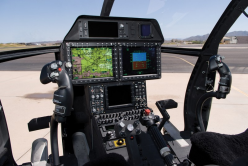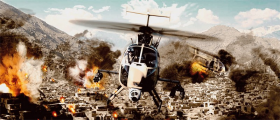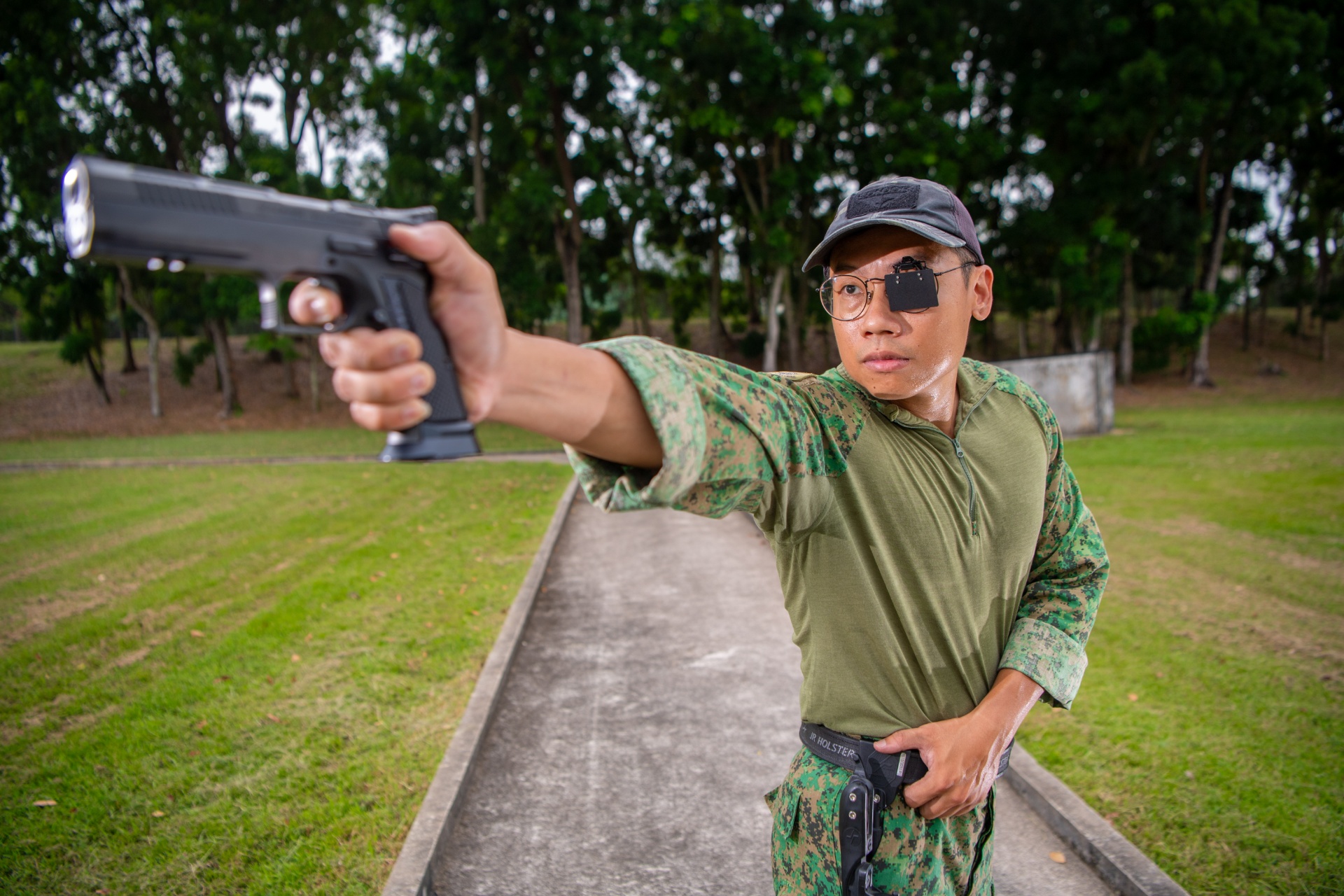TECHNOLOGY
HIGH-TECH, LOW-RISK, QUICK TO THE FIELD
12 Jun 2012
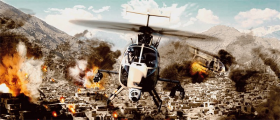
The AH-6 light helicopter is designed to quickly meet the needs of today's warfighters, be it in attack or reconnaissance operations.
Today's attack helicopter serves two main functions: to provide direct and accurate close air support for ground troops, and to serve in an anti-tank role to destroy enemy armour concentrations.
However, as the concept of modern warfare changes from large-scale and extensive battles that span months to skirmishes that last only a few weeks, attack helicopters are increasingly being deployed in a different role.
They are sent to explore areas beyond those occupied by friendly forces to gather information about enemy forces or features of the environment.
In the light of the evolving nature of warfare, Boeing refurbished an existing model of the AH-6 light attack/reconnaissance helicopter to meet today's needs in special operations and stealth missions.
"Consider that today there are close to 50 shooting wars going on around the world and probably more than 70 hot spots," explained Boeing's Attack Helicopters Business Development Director Mike Burke.
"There are a number of countries which probably can't afford or don't need large attack helicopters like the Apache or Eurocopter or Cobra, but they do need something that is relatively light but has very good reconnaissance capability."
Combat-effective
The edge that the AH-6 has over other helicopters is its relatively small size, which enables it to be more agile, adaptable and easily manoeuvrable. It has a flexible mission configuration and a combat-proven design based on past models of the AH-6 series.
It boasts a payload of 2000 pounds (907kg) - one of the highest in the class of light attack helicopters - and has relatively low maintenance costs. The payload of an aircraft is its carrying capacity, including cargo, munitions or specific instruments.
The AH-6 can be described as a smaller, relatively more mobile version of the AH-64D Block III Apache aircraft, a fearsome full-fledged attack helicopter designed by Boeing.
Primarily used by the United States Army, the AH-6 leverages on Apache Block III innovations for its integrated cockpit, ergonomic crew station design, enhanced software compatibility and other technologies.
However, the difference between the two lies mainly in their size, weapons and engine systems, which stems from the different mission types the two helicopters specialise in. The AH-64D Apache's combat aircraft role requires more firepower, while the predominant role of the AH-6 is to scout and sabotage, hence the need for greater stealth and agility.
State-of-the-art
The AH-6 features an integrated sensor system which utilises the Electro-Optical/Infrared forward-looking sight system. Installed in forward-looking infrared cameras, as well as those of other thermal-imaging cameras, these sensors use the detection of infrared radiation typically emitted from a heat source, to create a video image.
This helps the pilot navigate low-visibility situations, enhancing the AH-6's capabilities as a reconnaissance helicopter.
It is also equipped with a Multi Weapons support system interface for mini-guns such as the M-134D (7.62mm) and GAU-19 (12.7mm), rockets like the M260 (seven-shot rocket pod) and laser-guided 70mm rockets, as well as guided missiles such as the Hellfire missile. The Hellfire missile is an air-to-surface missile developed primarily for anti-armour use, with multi-mission, multi-target precision-strike capability.
This integrated weapon support system boosts the AH-6's light attack capability as it complements the uses of the AH-6 in sabotage missions, such as operations to destroy key enemy installations.
Past, present and future
Past versions of the AH-6, nicknamed "Little Bird", form an integral part of the US special operation forces, and have taken part in both minor and major military operations around the world, including the 2009 killing of Al-Qaeda leader Saleh Ali Saleh Nabhan in Somalia.
The Chilean Ministry of Defence has recently expressed interest in acquiring the AH-6i helicopters and began negotiations with Boeing over a possible purchase. Other South American countries, including Colombia, Brazil and Argentina, were also reported to be interested in the aircraft.
At this year's Army Aviation Association of America Annual Professional Forum and Exposition held from 1 to 4 Apr in Nashville, the AH-6i was shown on static display. Improvised from the past versions of the AH-6, it was specially designed to meet the requirements of light attack helicopters by the US Army, and is currently in use.
| TECH SPECS | ||
|---|---|---|
| Dimensions | Length | 7.50m |
| Height | 1.68m | |
| Width | 3.38m | |
| Maximum gross weight | 2,132kg | |
| Payload | 907kg | |
| Maximum speed | 132 knots (152 mph, 244 kmh) | |
| Wingspan | 8.38m | |
| Engine | Full Authority Digital Electronic Controller controlled C30R/3M Rolls-Royce | |
ALSO READ IN TECHNOLOGY
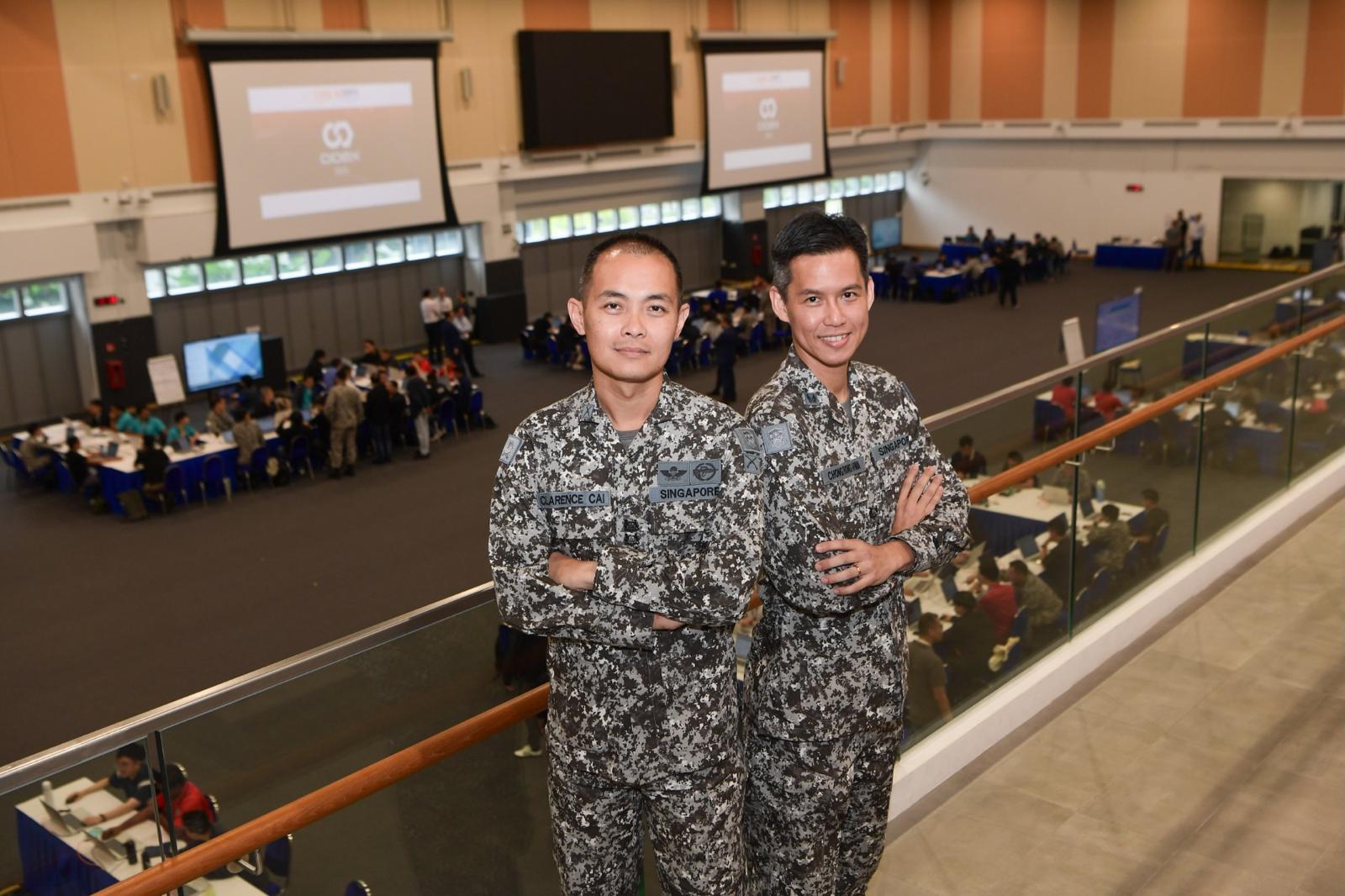
AI joins the fight in national cyber defence exercise
12 Nov 2025
AI and closer collaboration among agencies and industry are taking centre stage in this year’s Critical Infrastructure Defence Exercise (CIDeX).
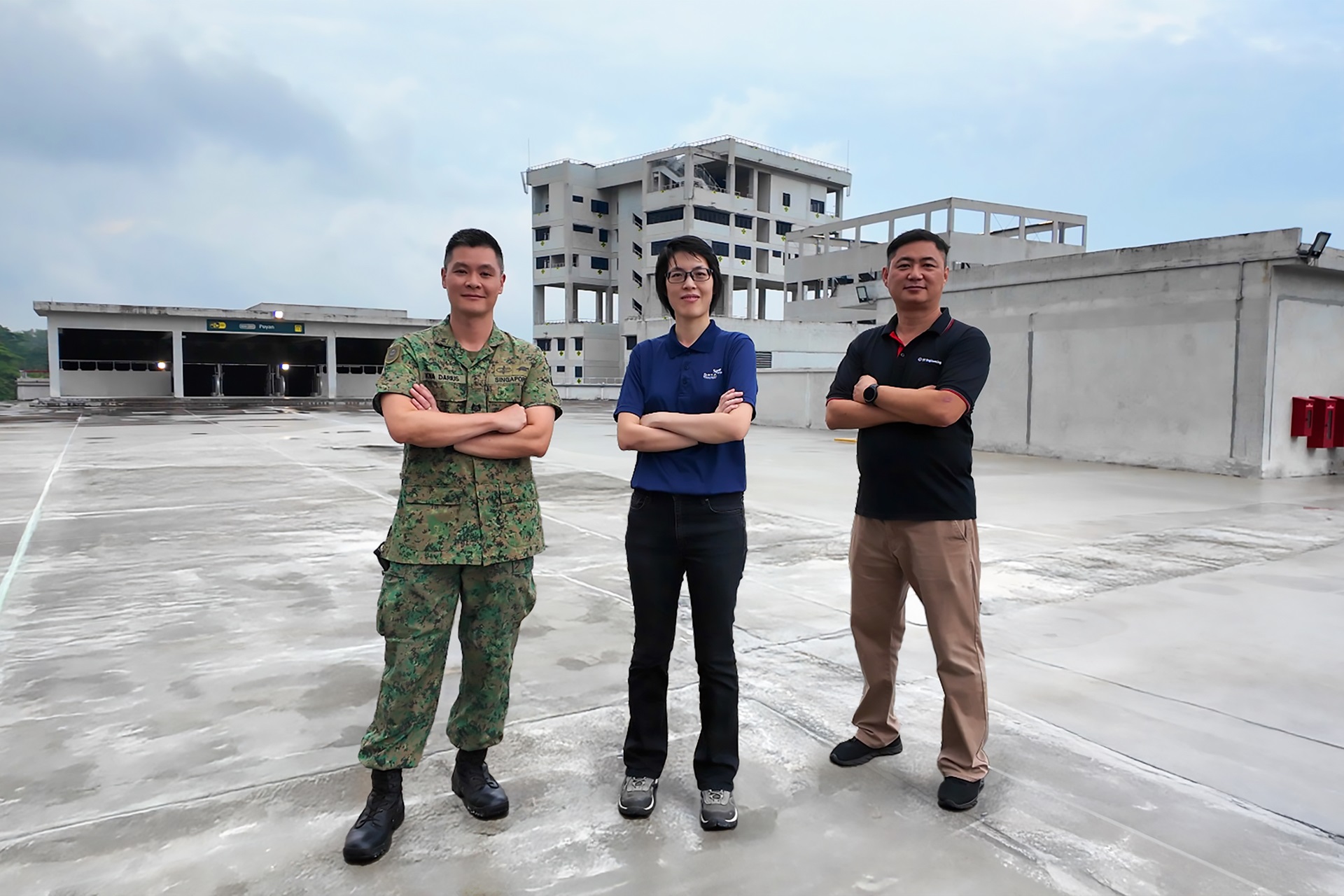
They built this city
01 Oct 2025
Turning vision to reality: the team behind SAFTI City clinches the Defence Technology Prize 2025 Team (Engineering) Award!
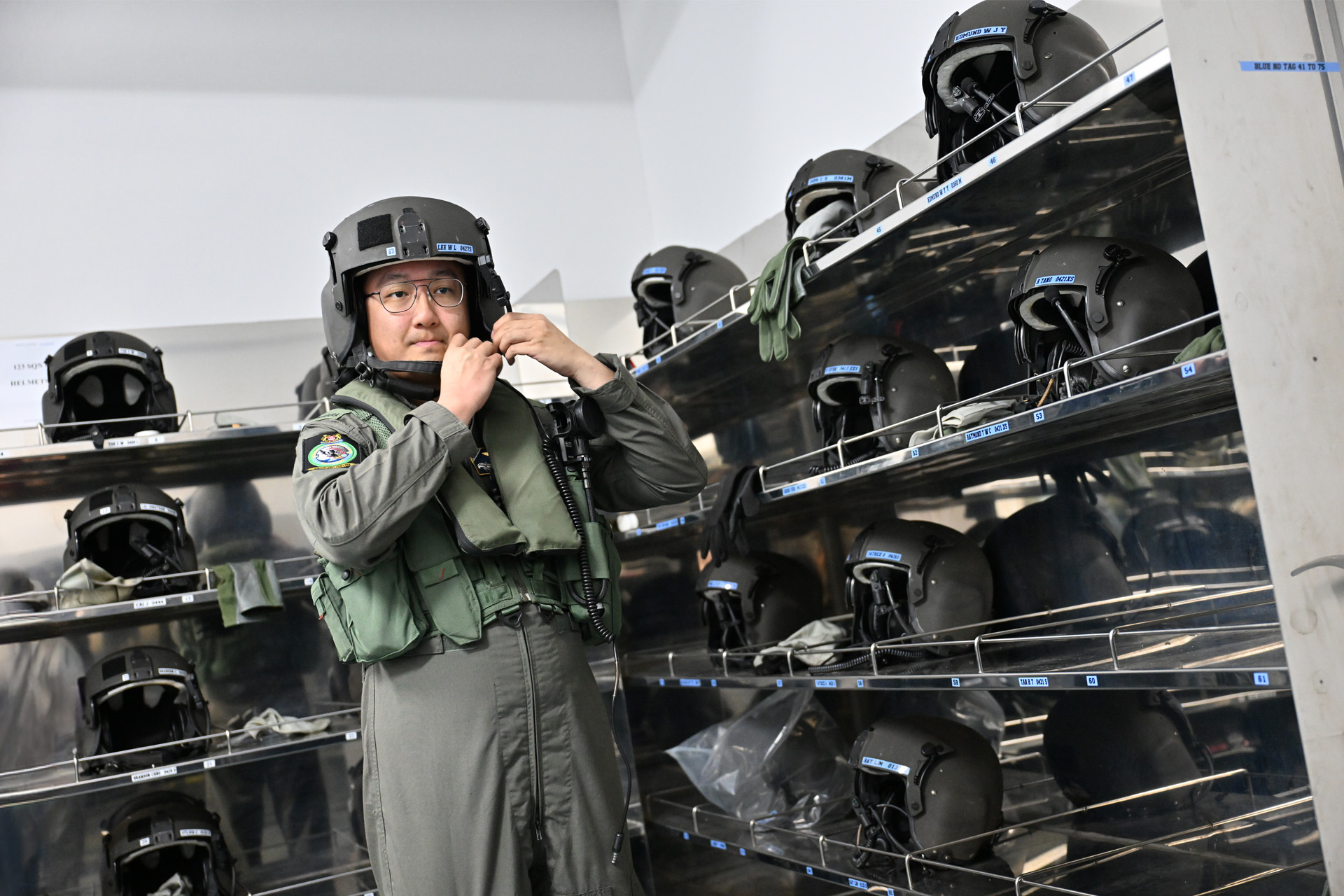
Operating over skies & seas
22 Aug 2025
This gear is designed to help a Sensor Supervisor survive emergencies in the air and at sea.

